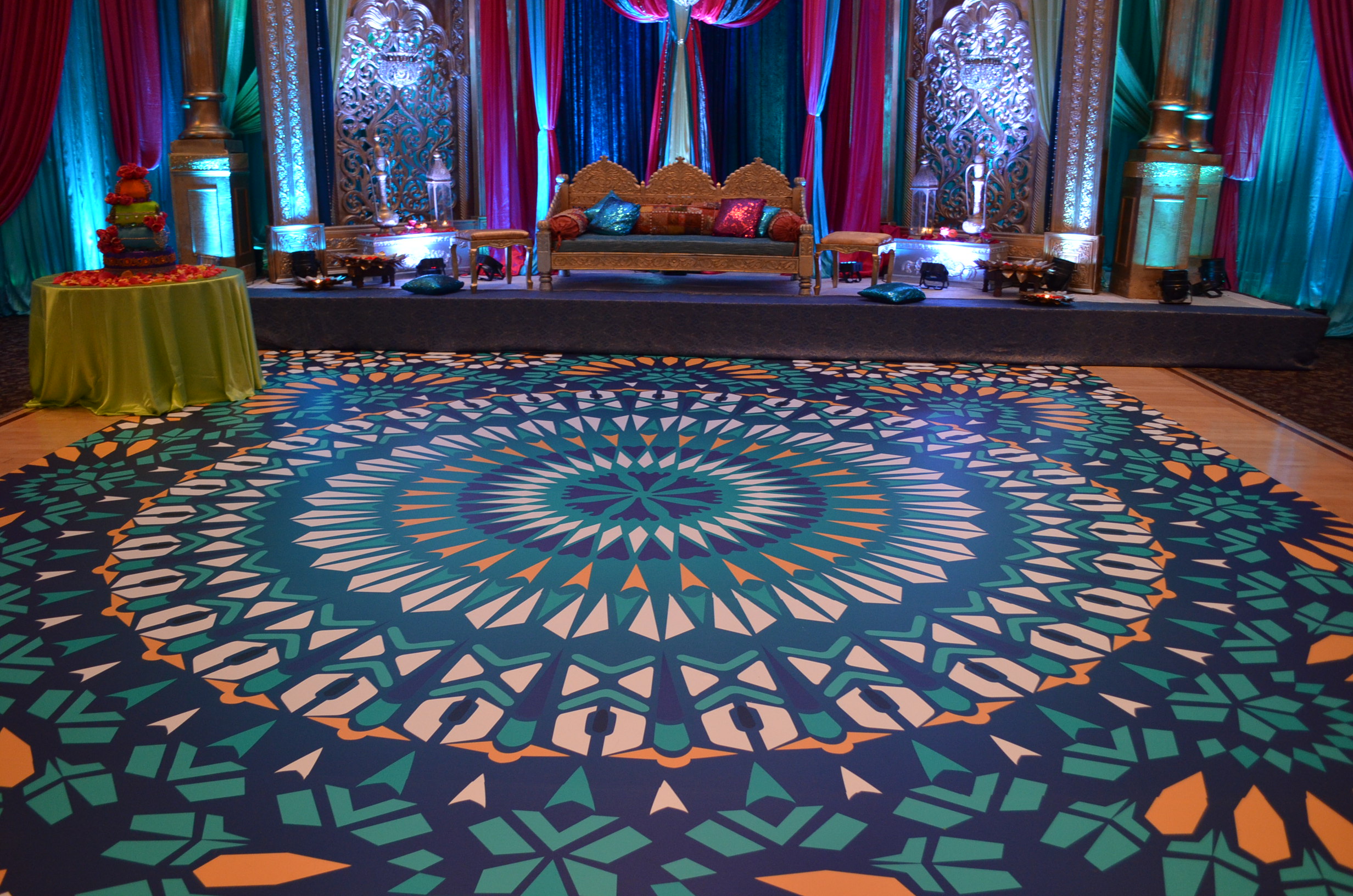Investigating the Advantages and Drawbacks of Timber and Vinyl Dance Surface Materials for Ideal Performance and Aesthetics
Investigating the Advantages and Drawbacks of Timber and Vinyl Dance Surface Materials for Ideal Performance and Aesthetics
Blog Article
When it comes to choosing the appropriate dancing floor material, wood and vinyl are two common options that dancers and studio proprietors often evaluate. Each material has its own unique benefits and disadvantages that can influence execution, security, and aesthetics. Understanding these differences is crucial for arriving at an educated decision that meets the requirements of performers and improves the overall experience in a dance studio or showcase area.
Wood dance floors are often favored for their traditional appearance and texture. They provide a natural surface that can absorb impact, which is advantageous for dancers who perform intense movements. The flexibility of timber helps reduce the chance of harm, such as sprains and strains, by offering a stable surface. Additionally, wood floors can be refinished, enabling them to keep their appearance over the years. This longevity makes them a sustainable asset for dancing studios. However, wood surfaces can be more expensive to set up and upkeep compared to synthetic options, and they may need regular maintenance to avoid warping or harm from humidity.
On the other hand, synthetic dance floors provide a range of benefits that make them appealing to many dancing spaces. One of the primary benefits of synthetic is its affordability. Synthetic surfaces is generally less expensive to purchase and install than timber, making it a budget-friendly choice for studios. Furthermore, vinyl is offered in a wide range of colors and patterns, allowing for more customization to align with the style of the area. Synthetic floors are also easier to clean and upkeep, as they are resistant to stains and moisture. However, some performers may find that vinyl does not provide the same level of impact absorption as timber, which could result to unease during extended rehearsal periods.
Another crucial factor to consider is the type of dance being executed. Various dance genres may require different floor surfaces for optimal execution. For instance, ballet performers often favor wood floors because they provide a stable area for spins and leaps. In contrast, styles like hip-hop or contemporary may gain from the slip-resistant properties of vinyl. It is essential for dance studio proprietors to consider the primary dance styles taught in their space when selecting a floor substance. This consideration can help guarantee that performers have the optimal possible environment while rehearsing and performing.
Aesthetics also play a significant role in the choice process. Wood floors are often associated with elegance and tradition, making them a popular option for elegant dancing spaces and performance venues. The natural grain and richness of wood can create a welcoming atmosphere that enhances the general experience for both dancers and audiences. Conversely, vinyl website here floors can be designed to replicate the look of timber or alternative substances, providing a modern and stylish appearance. The decision between timber and synthetic can eventually hinge on the desired ambiance of the space and the impression that studio proprietors want to establish.
In summary, both wood and vinyl dance floors have their own set of benefits and disadvantages that can impact performance and aesthetics. Wood floors provide longevity, shock absorption, and a traditional appearance, while synthetic surfaces offer affordability, ease of upkeep, and styling flexibility. The decision between these materials should be determined on the specific needs of the dancers, the kinds of dancing being performed, and the general vision for the studio. By carefully considering these elements, dance studio proprietors can create an atmosphere that enhances best performance and enhances the enjoyment of dancing for all participating.